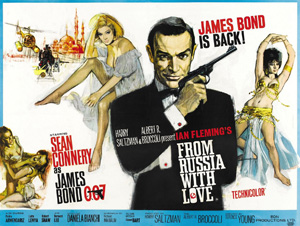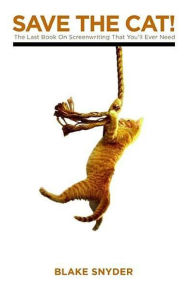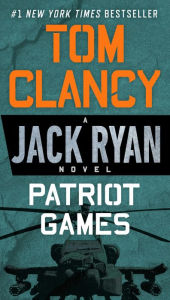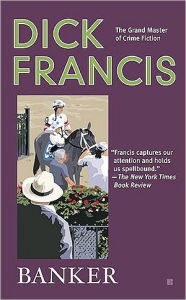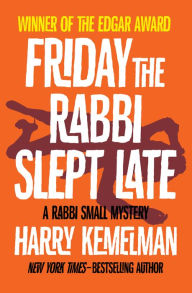I was young when the riots happened, but not too long after them I had the experience recounted below. It’s been printed/published elsewhere but I think it’s worth another look. And since this a crime writers and crime writing blog, I think I can tie it in since my Shamus-Award winning novel, White Heat, takes place during the explosive Rodney King riots of 1992.
~.~.~.~.~.~.~.~.~.~.~.~
~.~.~.~
1965: "Burn, baby, burn!" is the anthem that many remember the Watts Riots by. It is the chant shouted by people as the city burns. The spark that sets off the riots is a black man being stopped for a traffic ticket. Long-simmering frustration boils over and the city ignites. Thirty-four people are killed, a thousand-plus are wounded and almost four thousand arrested. Tensions in Los Angeles are as high as the smoke rising from the smoldering city streets.
chant shouted by people as the city burns. The spark that sets off the riots is a black man being stopped for a traffic ticket. Long-simmering frustration boils over and the city ignites. Thirty-four people are killed, a thousand-plus are wounded and almost four thousand arrested. Tensions in Los Angeles are as high as the smoke rising from the smoldering city streets.
 chant shouted by people as the city burns. The spark that sets off the riots is a black man being stopped for a traffic ticket. Long-simmering frustration boils over and the city ignites. Thirty-four people are killed, a thousand-plus are wounded and almost four thousand arrested. Tensions in Los Angeles are as high as the smoke rising from the smoldering city streets.
chant shouted by people as the city burns. The spark that sets off the riots is a black man being stopped for a traffic ticket. Long-simmering frustration boils over and the city ignites. Thirty-four people are killed, a thousand-plus are wounded and almost four thousand arrested. Tensions in Los Angeles are as high as the smoke rising from the smoldering city streets.
Los Angeles is burning.
~.~.~.~
1991: Another motorist is stopped for speeding and evading the police. His beatdown is caught on video:
caught on video:
 caught on video:
caught on video:Los Angeles is burning.
~.~.~.~
I was in Los Angeles in both '65 and '92. I remember the smoke, the fear permeating every quarter of the city.
But I have a different memory of Watts. It isn't of the riots, but occurred during another hot summer, not long after.
I met a boy named Walter in my summer school class. Unlike everyone else in the class and just about everyone in the school, he was black. And he wasn't a local, but was on some kind of student exchange program from Jordan High in Watts.
I'm sure we were as much a curiosity to him as he was to us. After all, we were the privileged white kids and he was the angry young black man. Only he didn't seem angry. He seemed like just another nice guy with glasses. He invited a group of us to come down and see where he lived: Watts. A word that sent shivers down a lot of Angelinos' spines in those days.
We were a little apprehensive about going down there, especially as Walter had told us to come in the crappiest cars we had. No shiny new cars. There were six or eight teenaged boys and girls in our little caravan of two crappy cars. But crappy in our neighborhood meant something different than it did in Walter's.
We met Walter in Will Rogers Park (now I believe Ted Watkins Park) in Watts and sat under a shady tree, a bunch of white kids and one black guy. We sat, just rapping—in the vernacular of the time—talking about music and houses and politics. We stood out like the proverbial sore thumb and people started coming over. Big dudes, little dudes. Cool dudes. Girls. No one seemed to resent our being there. In fact, they seemed glad to have us. Glad to be able to share with us and have us share with them. There was no sense of rancor or resentment. Just curiosity—a curiosity that went both ways. This was a time when people wanted to come together, not be separated. None of them knew Walter and they certainly didn't know us. But they joined our group and we rapped on.
Then Walter said, "You want to see where I live?"

Of course we did. So he took us to the projects—Jordan Downs. We drove past burned out buildings and vacant lots that had not so long ago had buildings on them. And we saw how the other half lived.
"It's not the best place in the world to live," Walter said. "But it could be a whole lot worse."
Our last stop was a trip to the Watts Towers, those soaring spires of glass, steel and concrete built by Simon Rodia. They are a monument to what anyone can do if they put their mind to it.

We returned to our cars and, to our relief, they hadn't been stolen. And, corny as it might sound, I think we all learned that we're more alike than different, with the same aspirations, hopes and fears.
That day was one of the most memorable experiences of my life—one that I wouldn't trade for anything. It was a wonderful day and we all went home full of hope for the future. We just wanted to get to know each other. Ultimately I think Rodney King had it right when he said, "Can we all get along?"
Why the hell can't we?
~.~.~.~.~.~.~
![Pageflex Persona [document: PRS0000037_00019] Pageflex Persona [document: PRS0000037_00019]](https://blogger.googleusercontent.com/img/b/R29vZ2xl/AVvXsEgNBBRth-kt8oKPFJ8l8E5zo7QX_dp6Cx88inRZWahp3j5grv5_s2hDlo_e8cMe2BXDcHGR6bcFI8eBaBqDgtrCm3dL8GfkngJ_AnHozOabjzrJM4DxAFLIpxJW7q1GlSCfHcxqXnL6CSM/?imgmax=800)
Vortex: My new Mystery-Thriller novella coming September 1st. Available for pre-order now.
“...a nonstop staccato action noir... Vortex lives up to its name, quickly creating a maelstrom of action and purpose to draw readers into a whirlpool of intrigue and mystery... but be forewarned: once picked up, it's nearly impossible to put down before the end.”
—D. Donovan, Senior Reviewer, Midwest Book Review
 |
| http://www.akashicbooks.com/fade-out-by-paul-d-marks/ |
Fade Out: flash fiction story—set at the infamous corner of Hollywood and Vine—came out Monday August 17th on Akashic’s Mondays Are Murder, Monday (big surprise, huh?), and still available, of course.
Please join me on Facebook: www.facebook.com/paul.d.marks and Twitter: @PaulDMarks
And check out my updated website www.PaulDMarks.com
Click here to subscribe to my Newsletter: Subscribe to my Newsletter
###

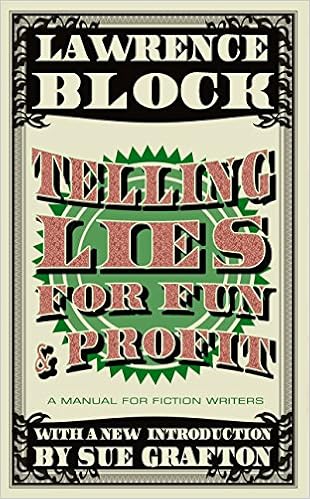
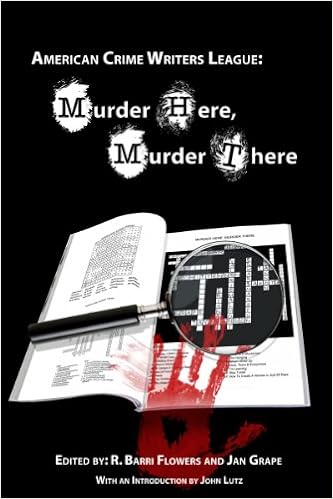


)





